FORTE CULTURA Station: Fortress town of Büdingen (DE)
Büdingen - history lives here
500 years of fortress construction in the County of Ysenburg-Büdingen
Anyone for whom stones are more than just walls and half-timbered houses will be enchanted by Büdingen's charm. The medieval old town, the imposing fortification wall with the historic Jerusalem Gate and Büdingen Castle, one of the best-preserved Staufer fortifications in Germany, impress visitors from near and far.
Historic Büdingen is now a listed building in its entirety. Extensive renovations are helping to preserve this unique treasure of fortified cultural heritage piece by piece. Today, the entire complex is considered a prime example of the changing fortress construction since the advent of firearms.
"A piece of the Middle Ages, shown from its most attractive side."
After a visit in May 1952, Albert Einstein ennobled Büdingen's old town with these words
Discover the fortress city on an entertaining city or adventure tour with all its stories, anecdotes and unique architecture. More information at: www.buedingen.info
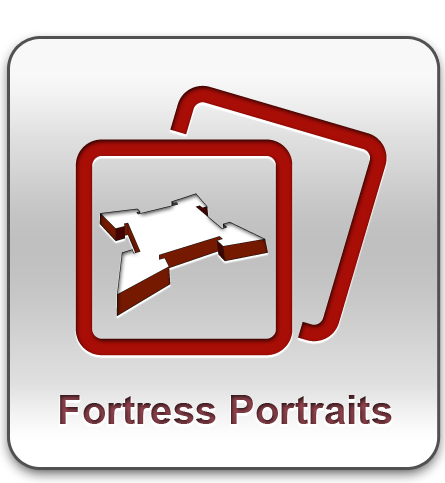
Get to know the fortified town of Büdingen know:
Event highlights in the fortress town of Büdingen
- FASCHING SUNDAY: Storming of the Jerusalem Gate by the Büdingen Fools and subsequent parade
- APRIL/MAY: Frog parade, gardeners' market and children's festival
- MAY/JUNE: Wine festival
- EVERY 2nd WEEKEND IN JULY: Cultural Night (even years) alternating annually with the Büdingen Medieval Festival (odd years)
- END AUGUST / BEGINNING SEPTEMBER: Countryside tour at Büdingen Castle (Thursday to Sunday) and Open Monument Day (Sunday)
- LAST WEEKEND IN SEPTEMBER: Gallusmarkt - traditional market in the old town and suburbs
- 2nd ADVENT: Christmas magic in the historic old town (Wednesday to Sunday)
to the event calendar of the town of Büdingen.
Büdingen Culture Night

crossWORLD through Büdingen: That was the motto of the Büdingen Culture Night 2024, where you could go on a journey around the world in Büdingen's old town centre, immersing yourself in worlds near and far, inviting you to explore and linger.
The Büdingen Culture Night takes place every two years in the historic town centre of Büdingen. On this special evening, Büdingen is transformed into a magical setting and offers a large stage for all kinds of art. Art & culture professionals from the region are given the opportunity to participate and present their contributions.
Inside the historic walls, various exhibitions showcase graceful brushstrokes, acrylic, stone and paper art, as well as cheeky photographs. The museums, such as the Metzgermuseum, Heuson Museum, Sandrosenmuseum, Modellbaumuseum and the 50s Museum also open their rooms and some even present special exhibitions. In addition to all this art for the eyes, musicians and groups on the stages offer art for the ears and heart, ranging from classical music to pop music, orchestras, singer-songwriters and medieval groups to poems and poetry.
Finally, historical and contemporary theatre scenes, actors and dance performances as well as a wide variety of characters in their costumes allow visitors to become part of a great play on the stages and in the streets. The light installations and light sculptures create the right atmosphere for each part of the programme.
Contact us

Fortress town of Büdingen
Büdinger Tourismus und Marketing GmbH
Marketplace 9, 63654 Büdingen
Phone: +49 6042 96370 / Fax: +49 6042 963710
Web: www.buedingen.info
e-mail
Wenn du dies siehst, nachdem deine Seite vollständig geladen wurde, fehlen leafletJS-Dateien.
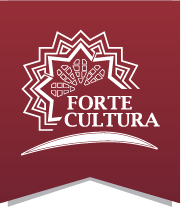
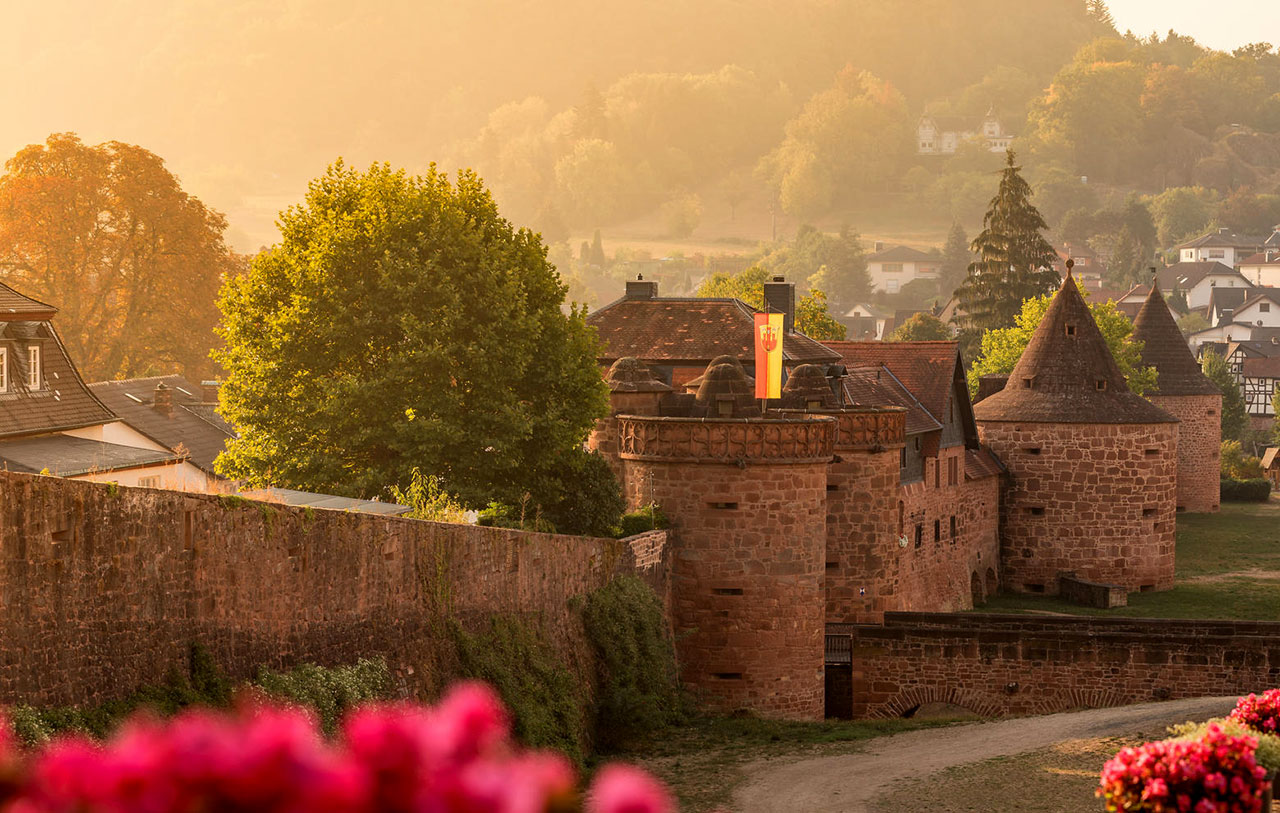
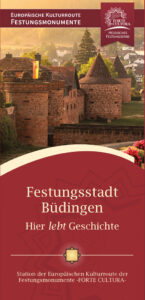
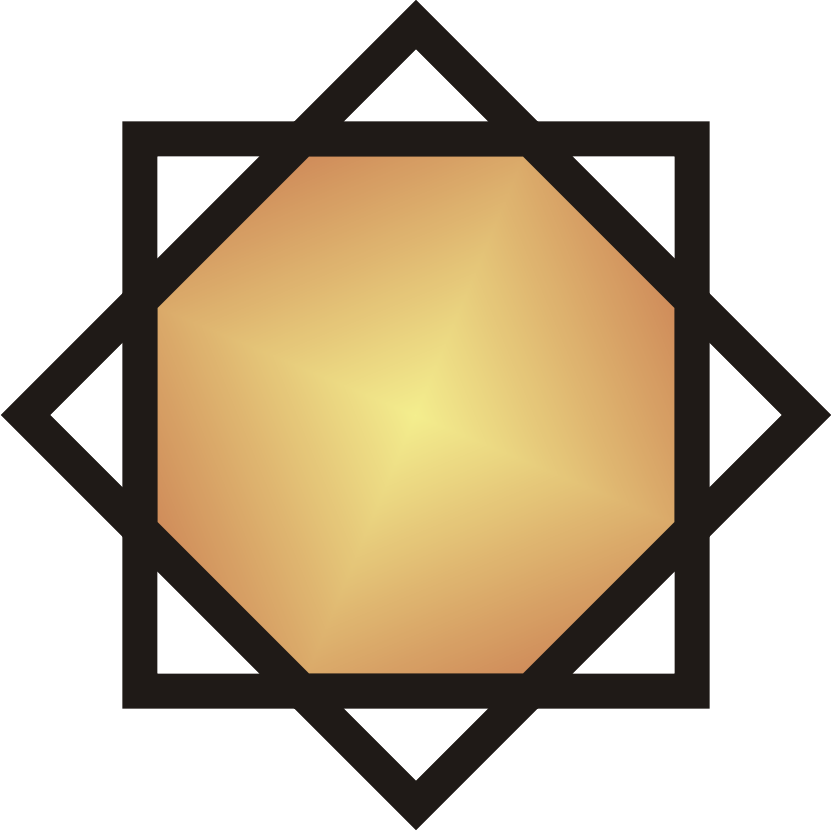
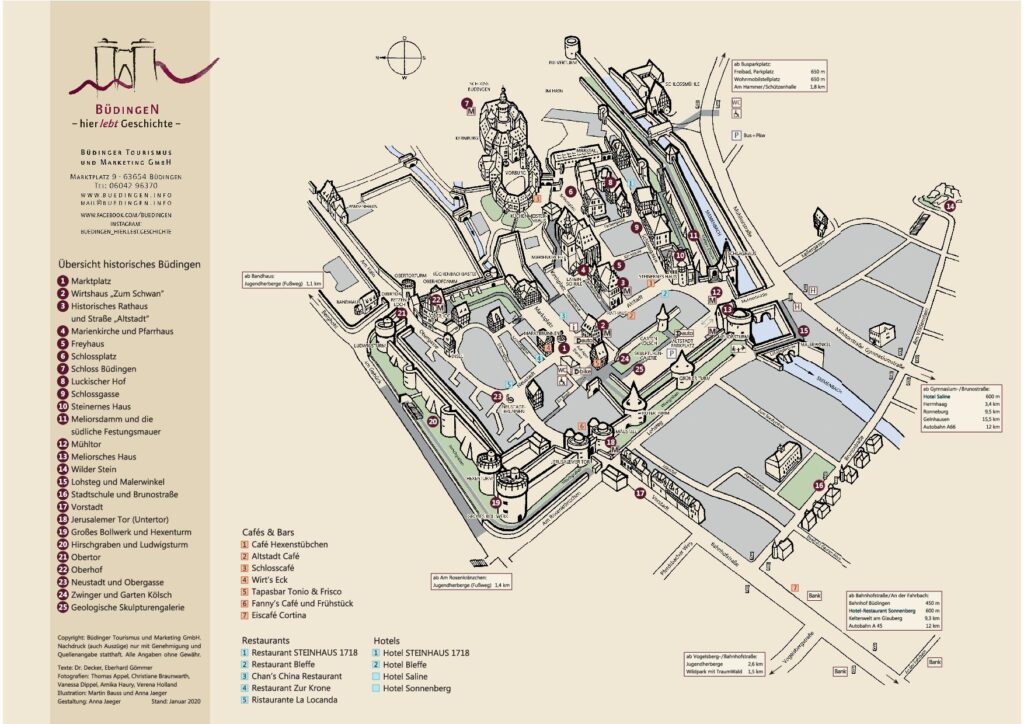
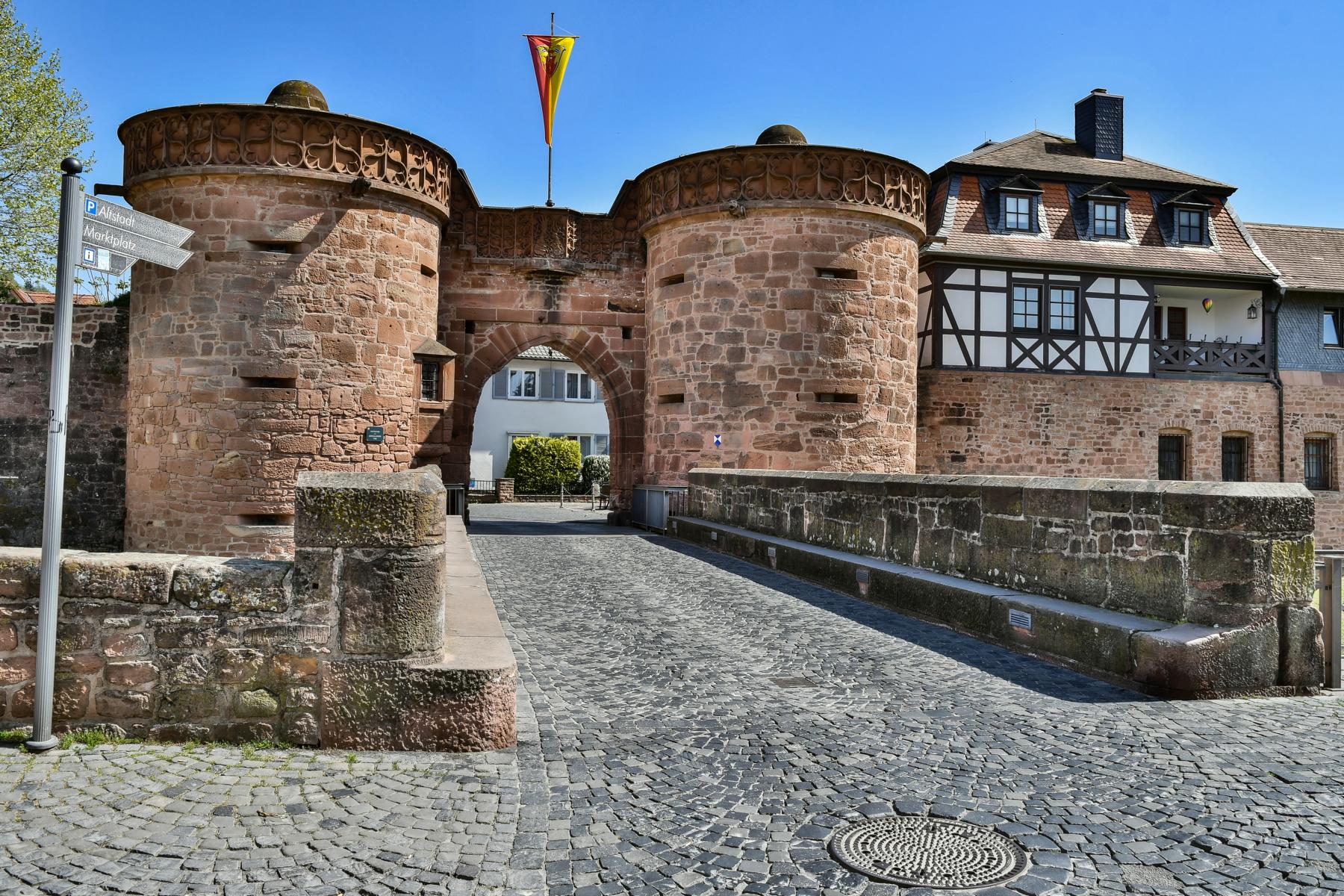
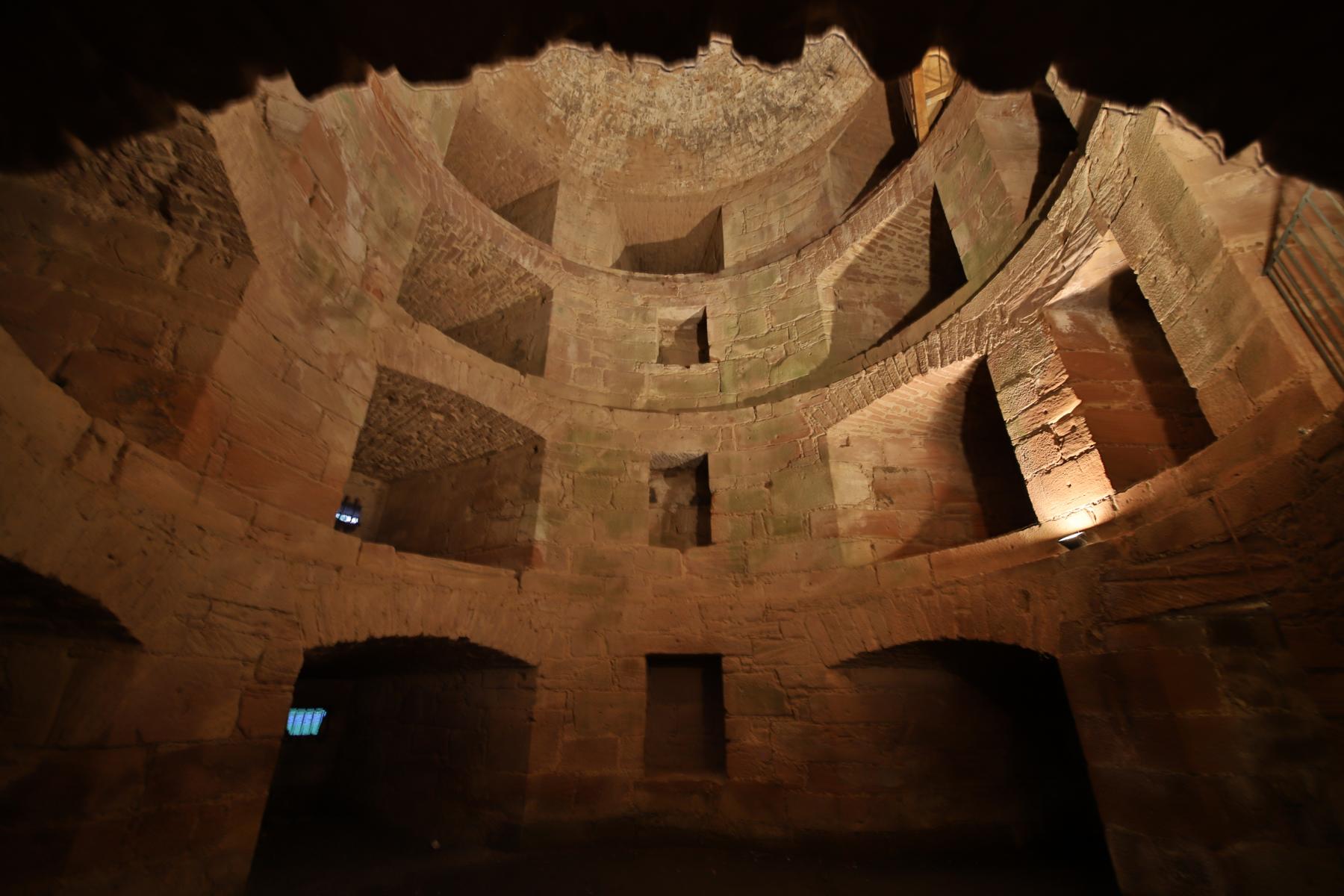
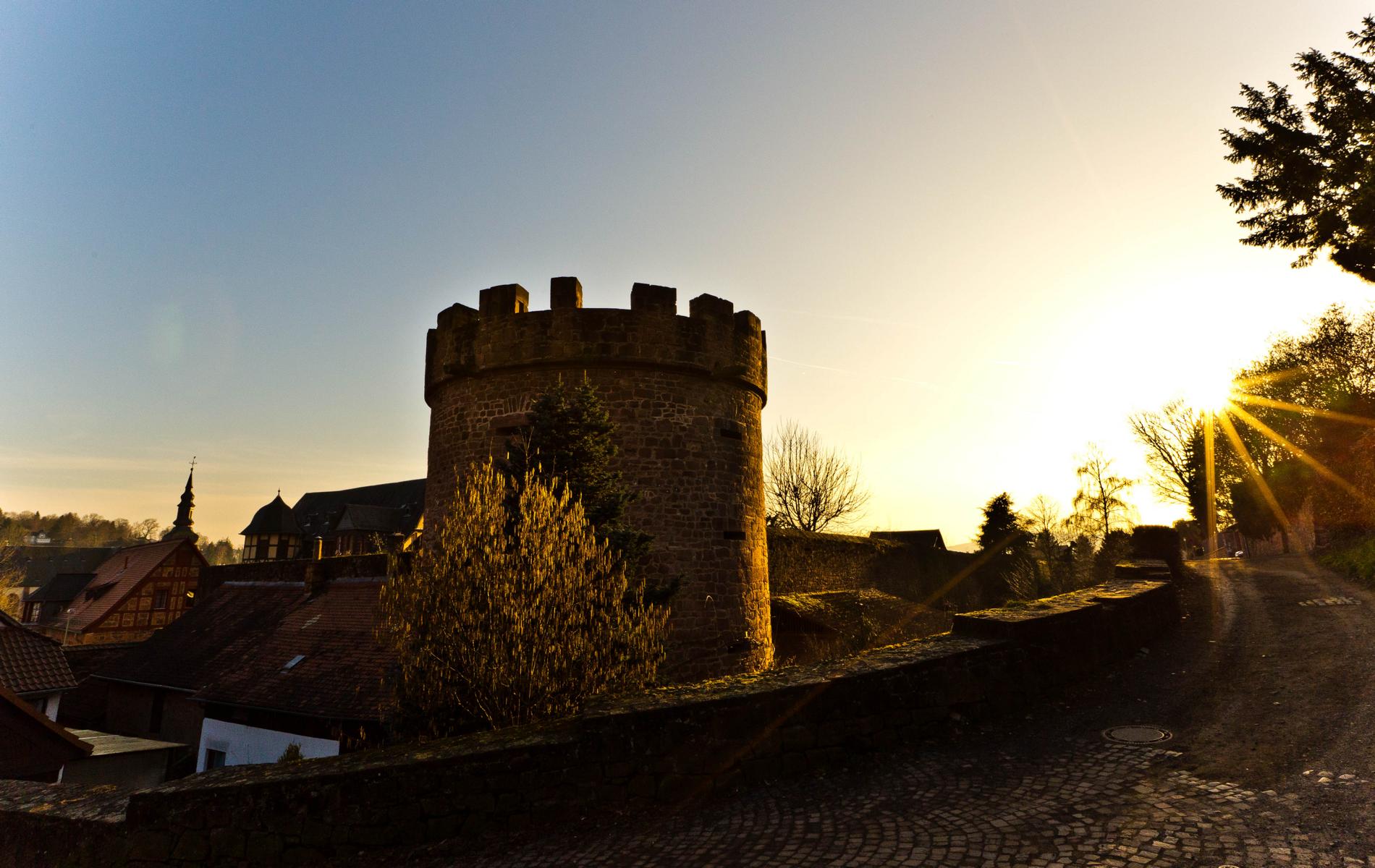
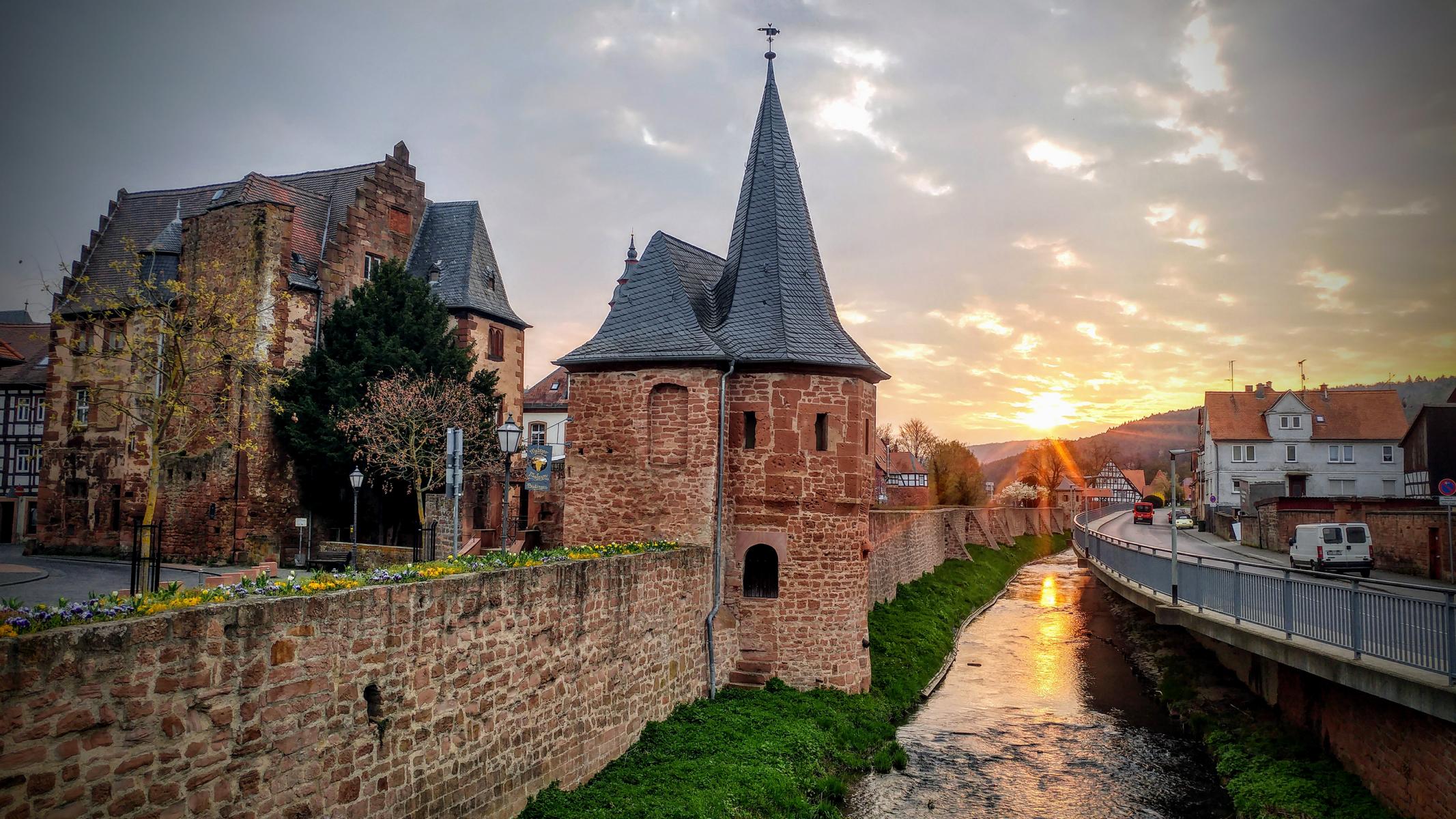
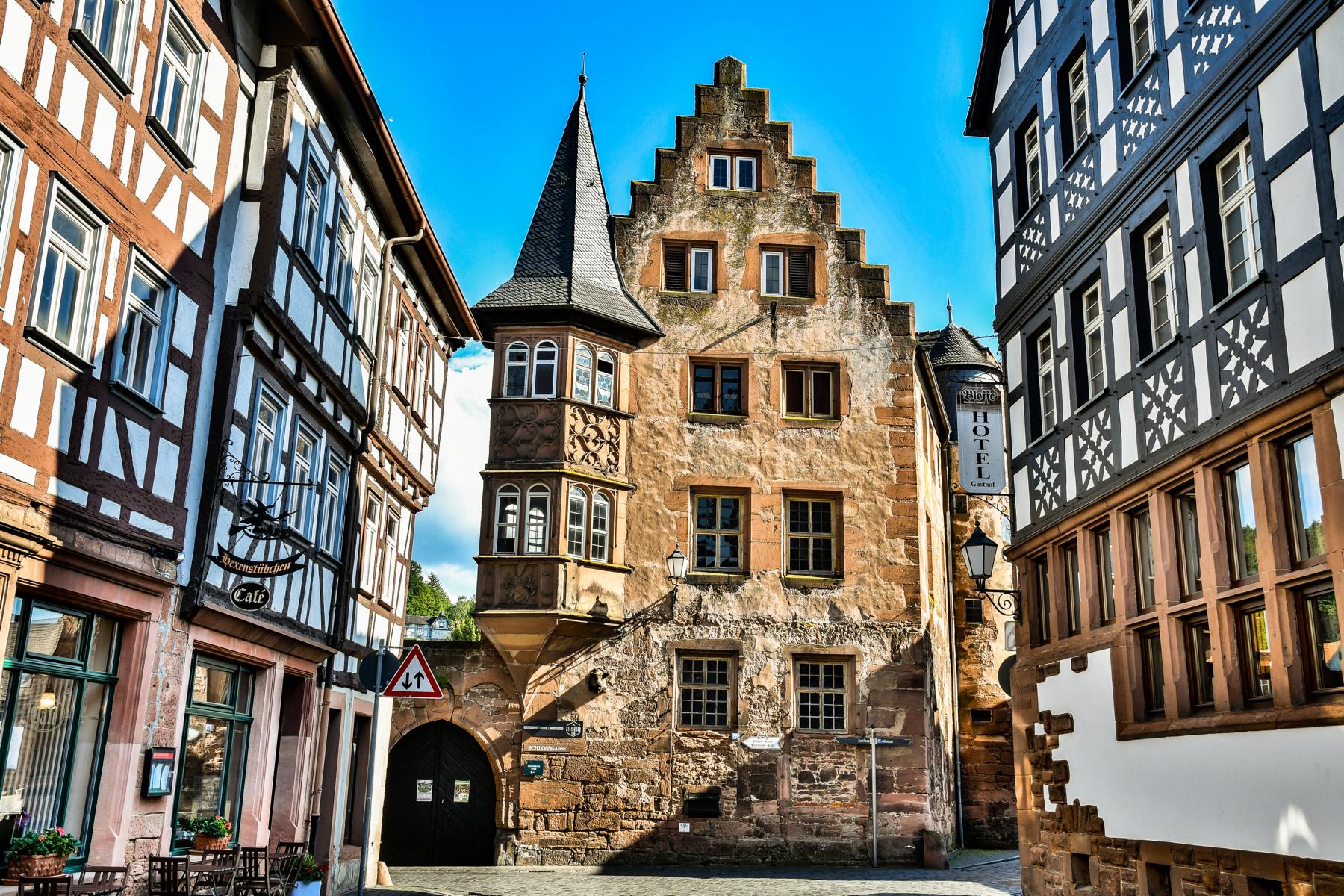
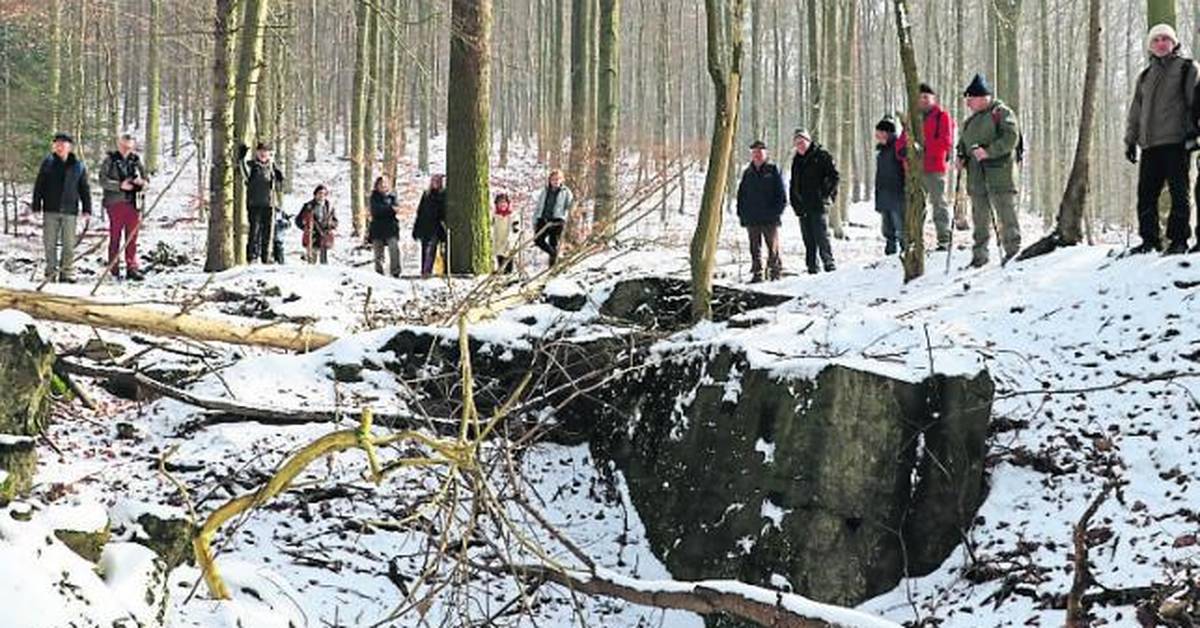
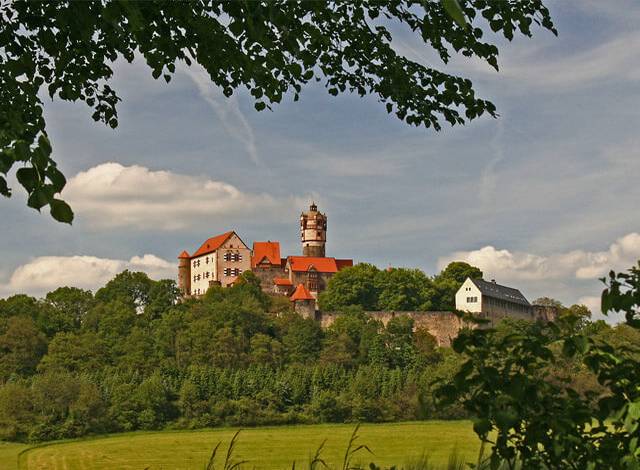
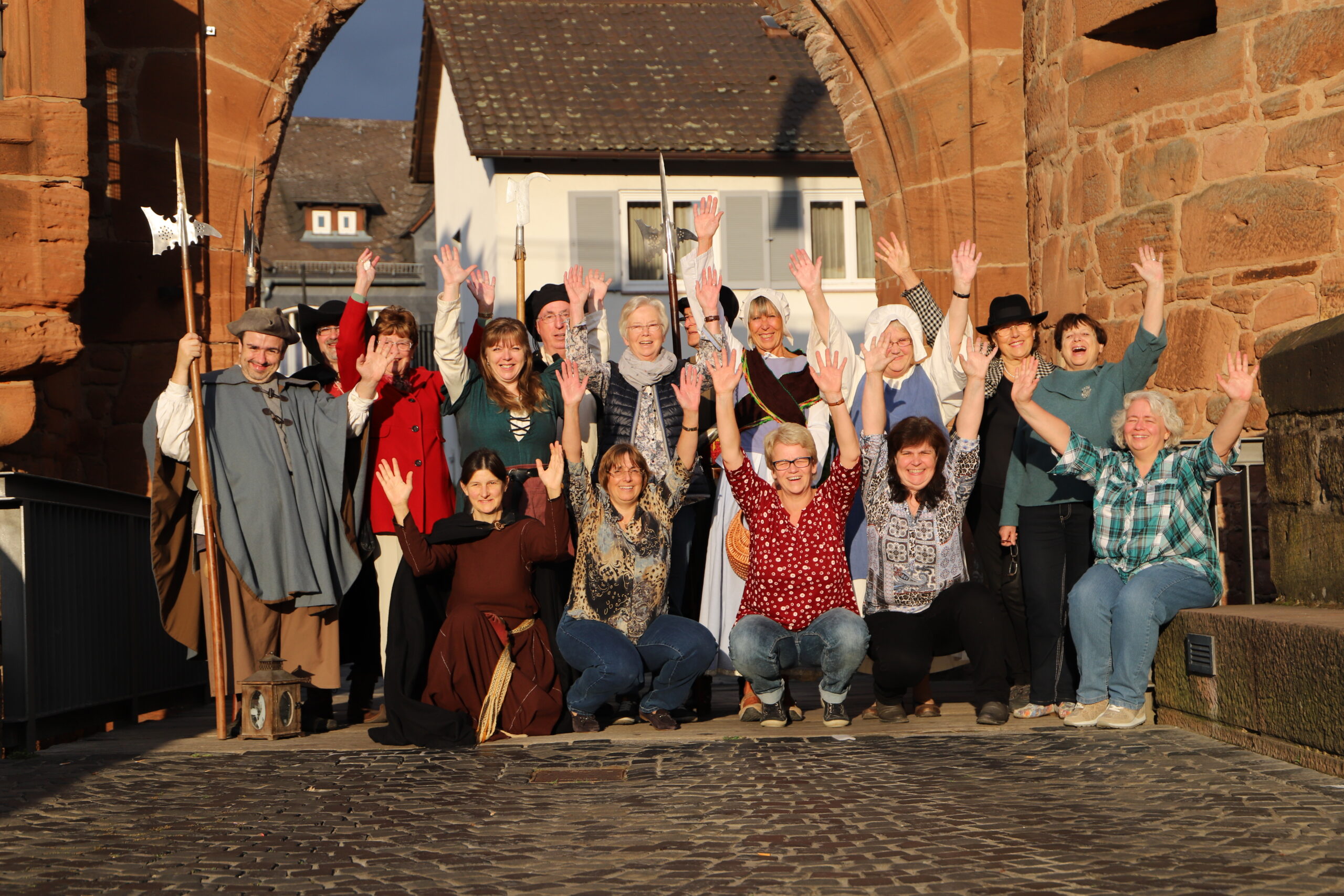
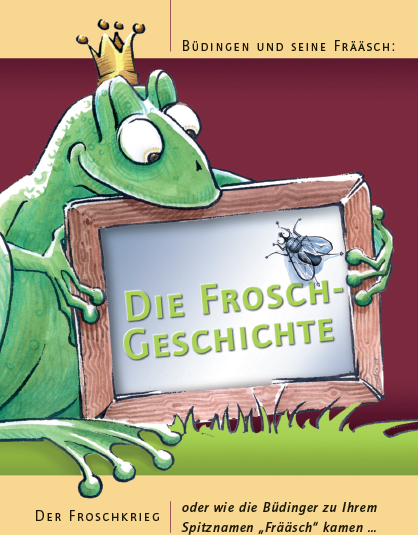
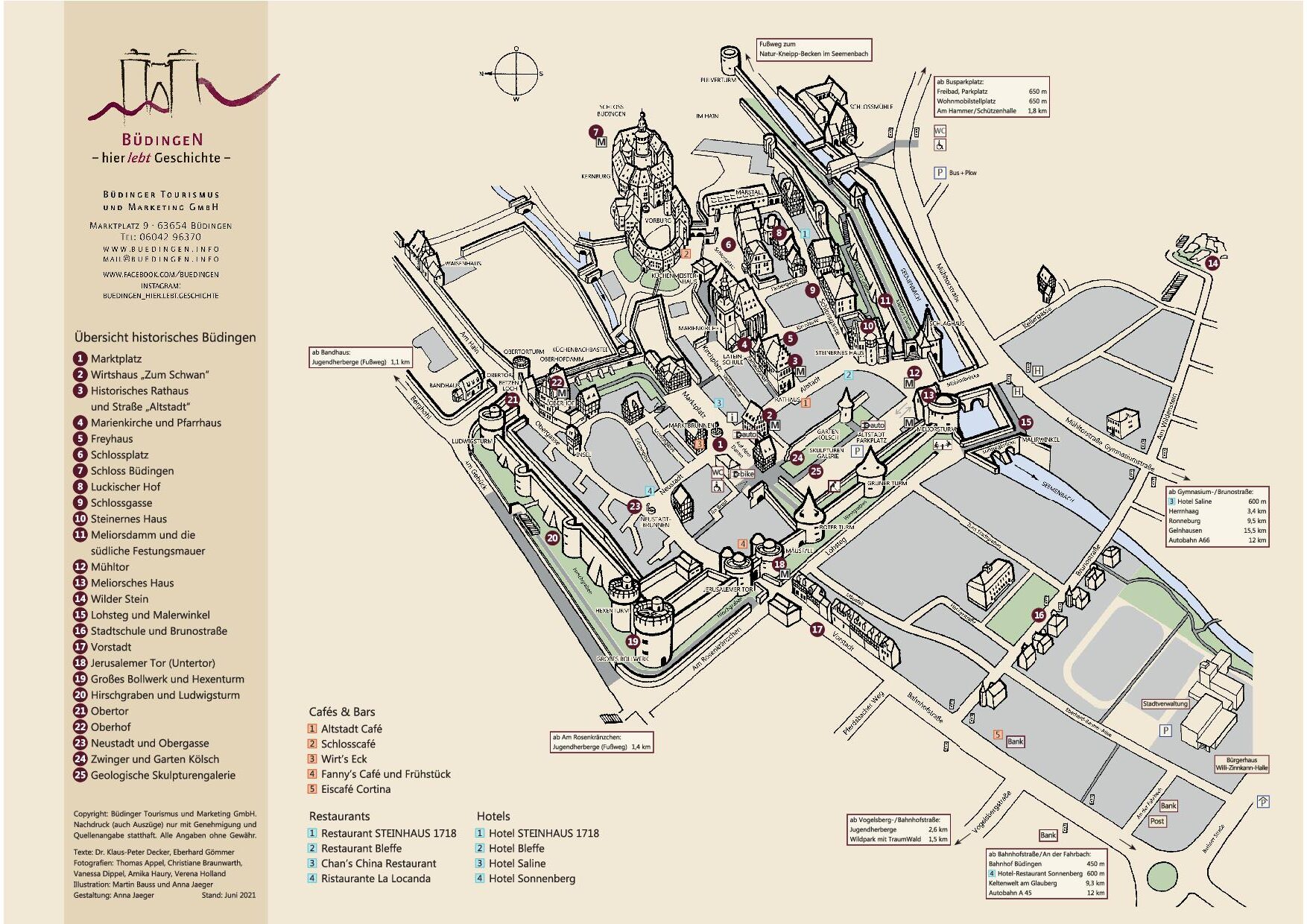
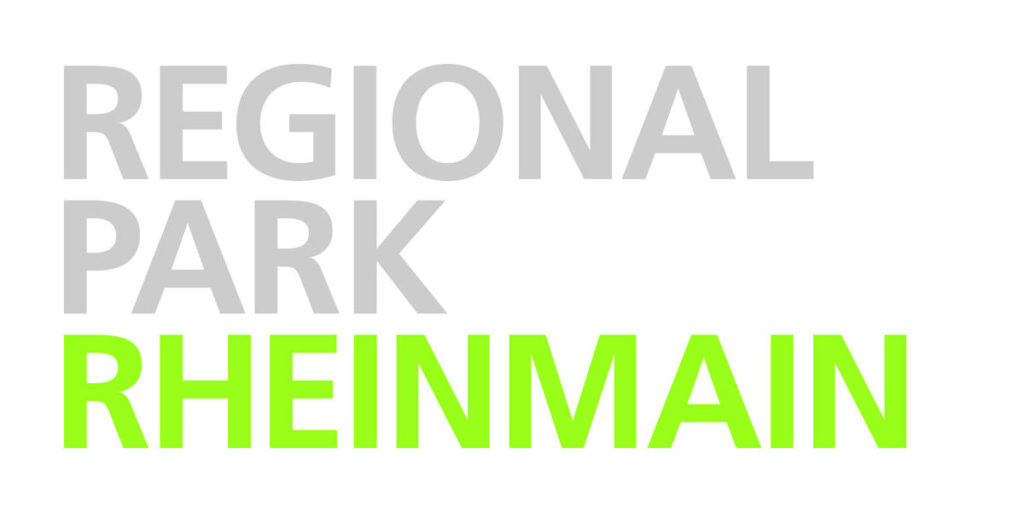
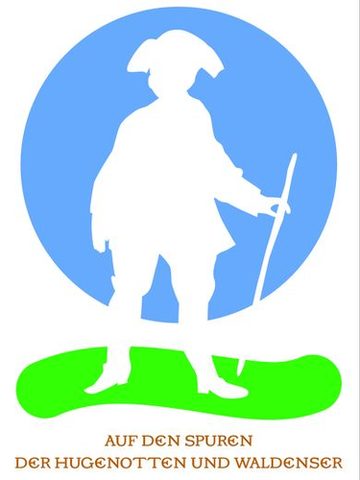


Schreibe einen Kommentar